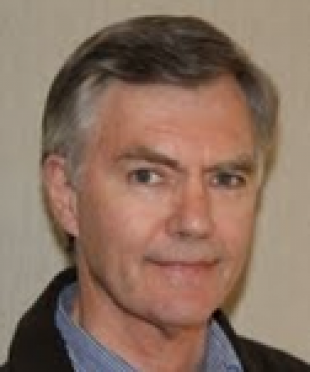Location:
Lecture Theatre 1, Sanderson Building
Date:
Computed Tomographic X-ray imaging and velocimetry and CFD: application to atherosclerotic plaques and artery buckling
The traditional engineering technique of Particle Image Velocimetry using laser illumination has been translated to Computed Tomographic X-ray velocimetry to provide simultaneous detailed three-dimensional imaging of tissue geometry and blood flow/tissue expansion. CFD and structural mechanics are providing additional and complementary insights into the mechanisms leading to plaque development and rupture, as well as nonlinear buckling of vessels.
An example will be given of the micro CT imaging of mouse aorta using X-ray synchrotron beams and 3d modeling of stenotic flows for mouse models. In addition to investigating the wall shear stress and oscillating shear index, a new parameter - time average gradient of pressure – is found to correlate with plaque development.
Tortuosity in arteries (e.g., carotid) can lead to high blood pressure, atherosclerosis, and other diseases. There is a need to predict the artery buckling pressure under pulsatile flow. A numerical study of a simplified straight vessel exposed to lumen pressure has been conducted where the effect of geometrical variables, such as the vessel length, diameter and thickness were investigated under quiescent, steady and pulsatile flow conditions. As the internal pressure increases, the vessel buckles, leading to non-linear large deformation behaviour. The results have been validated using theoretical predictions for the buckling thresholds and using experimental data for the non-linear regime. Further studies on idealised cardiovascular conditions such as stenosis (i.e., lumen constriction) have been performed. The resulting fluid structure interaction model permits the prediction of the mechanical stability of a simplified axisymmetric vessel in presence of the plaque under a physiological range of parameters. The validated method developed for the present project will be used in the future to predict flow and stresses in real artery geometries.
Kerry Hourigan is Professor of Mechanical Engineering and Director of the Division of Biological Engineering at Monash University, Melbourne, Australia. He has an extensive research and industrial background in experimental and computational fluid dynamics in astrophysics, aeronautics, mineral processing, manufacturing and bioengineering, having researched at the NASA Jet Propulsion Laboratory, GALCIT Caltech, the CSIRO and Monash University, as well as numerous visiting professorships in France, Japan and the USA. He is a Research Theme Leader for Bio- and Nano-technology at the new Joint Research Institute with Southeast University at Suzhou, China, and has been establishing laboratories and facilities for bioengineering and developing multidiscipline collaborations between engineers, biologists, mathematicians, clinicians and computer scientists.
Event Contact Name:
Prashant Valluri




